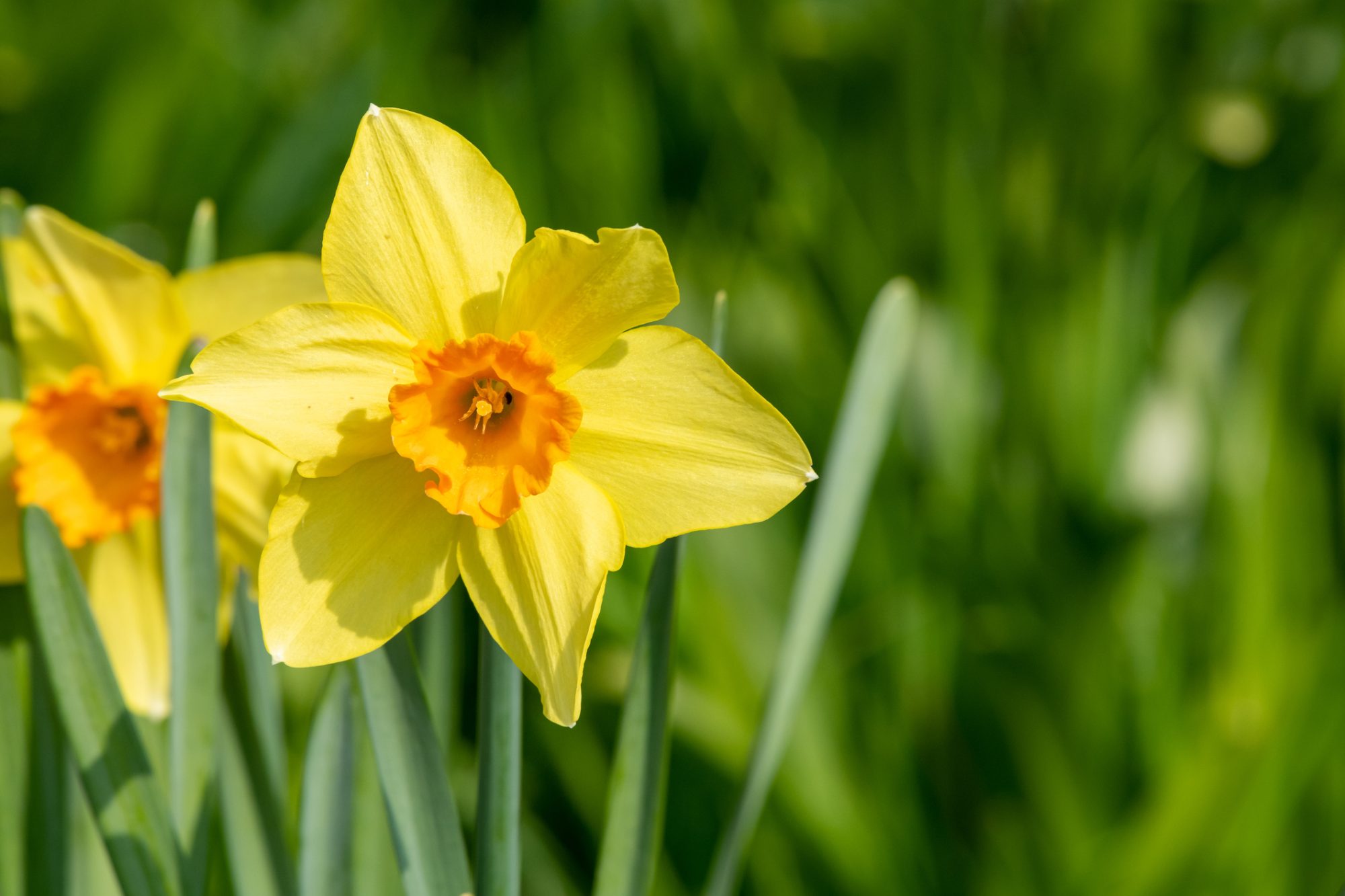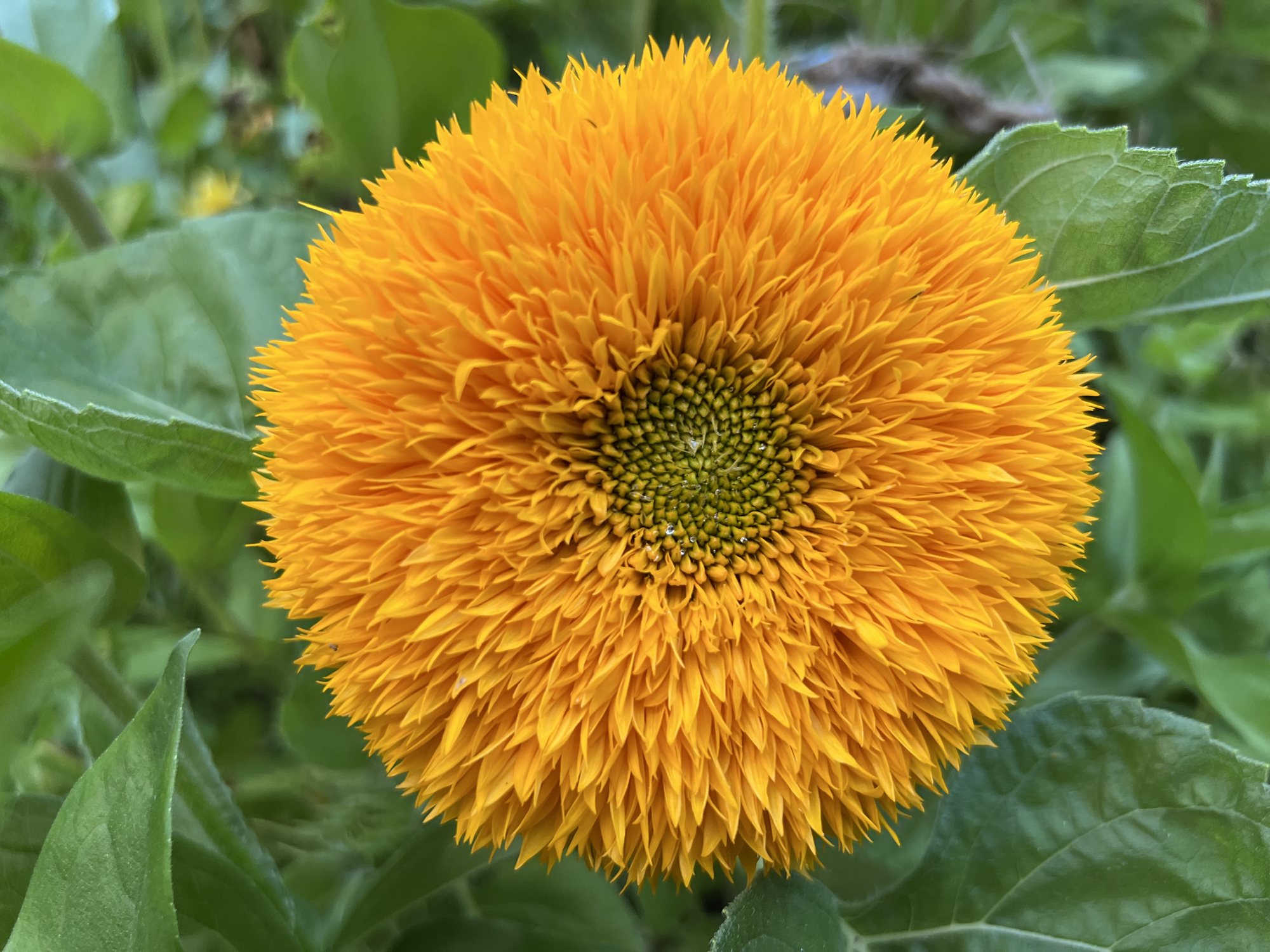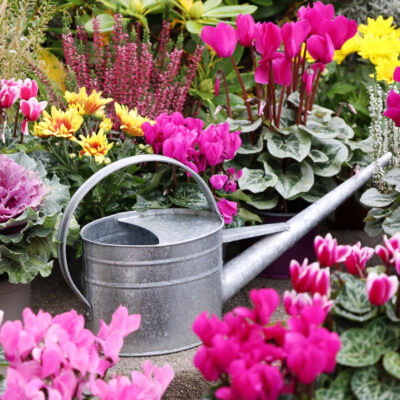
Pollen Proof Your Garden
by Colne Life magazine
From around early June, grass pollen becomes more prominent, and most hay fever sufferers are allergic to grass pollen...
If the weather is warmer, this, unfortunately, speeds up the pollination process, and pollen is a lot more present in the atmosphere. Luckily, you can limit the pollen and still achieve a beautiful, thriving garden.
Wind Pollen
Wind can carry pollen which isn’t good news for hay fever sufferers. Wind traps catch and redirect the wind around your garden, making it more sheltered and comfortable. To create a wind trap in your garden, start by identifying the direction the wind is coming from, and then plan seating areas around your garden that will shelter you from airborne pollen. If you think you are allergic to grass pollen, moving your seating area away from grassy locations may be a good idea.
LOW POLLEN BLOOMS
Daffodils

If planted in early autumn, Daffodils will come alive during springtime. Daffodils are fascinating plants; if grown in the right conditions, they can live up to 50 years.
Teddy Bear Sunflowers (Dwarf Sungold)

They feature large, fuzzy blooms resembling stuffed animals, hence the name “teddy bear” sunflower. Teddy bear Sunflowers produce very little pollen, making them a hay fever sufferer’s friend.
Galanthus (Snowdrops)

Snowdrops also produce low pollen, are a great source of early nectar for bees and make excellent cut flowers as they can last in a vase for up to two weeks.”
Roses

Roses are a good choice for any garden. They are also easy to care for and can last years with proper maintenance. They smell beautiful but aren’t overbearing and have a low pollen count.
CUTTING YOUR GRASS WHEN THE POLLEN COUNT IS LOW
If you have to mow the lawn, here are some tips to help you minimize exposure to grass pollen:
- Take antihistamines
- Avoid raking – Use gloves to pick up what you need and carefully place it down not to disturb the pollen.
- Wear protective gear – You should also change out of your clothes when you have finished mowing the lawn.
- Use a mower collection bag.
ColneLife Summer 23




